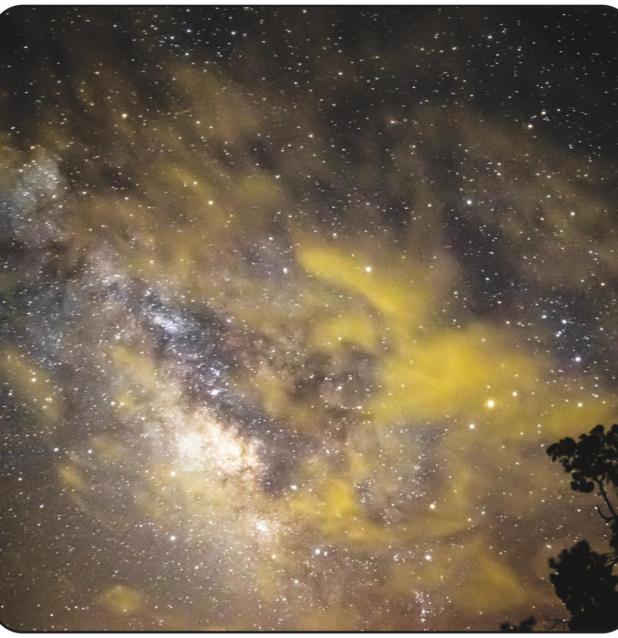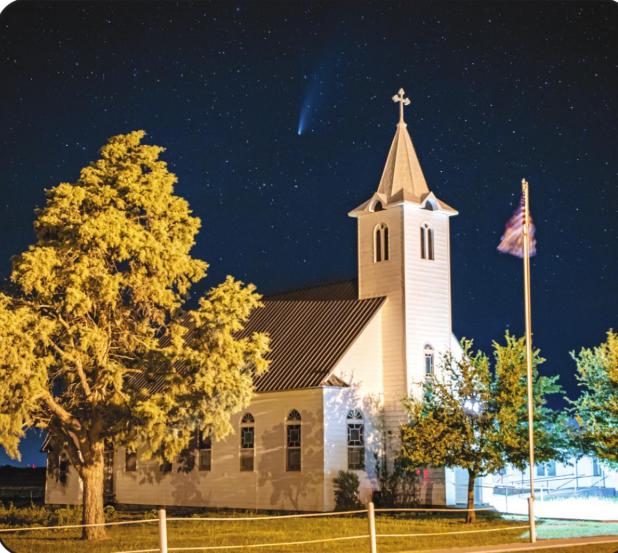

Stargazing & the NeoWise Comet
A great many people have often gazed at the stars from time to time and posed the question what is out there. This month it was easy to see what is out there with the visitation of the NeoWise comet to our little corner of the galaxy.
Discovered on March 27, 2020 by the comets namesake, Near-Earth Object Wide-field Infrared Survey Explorer (NEOWISE). After the discovering a great multitude eagerly waited for NeoWise to arrive. This is more than just a lifetime event this comet will not return to Earth for 6800 years.
When viewing or photographing the cosmos it is best to get as far away from lights as possible. Referred to as light pollution city lights make it almost impossible to view the great nightscape of stars such as the Milky Way. It is much easier to see such constellations as Ursa Major in which the Big Dipper is a part of. The Big Dipper is what’s known as an Asterism which make up a recognizable group of stars that form patterns that are smaller than constellation or in some cases are a part of a constellation.
If you missed this once in a lifetime event of the NeoWise Comet there are a few other events not to be missed. August 12, the Perseid meteor shower will light up the sky. Best viewed towards the early morning hours before sunrise you can still witness almost a meteor per minute also known as a shooting star. Another meteor shower worth watching will be on December 13 and 14. Best viewed between the night of December 14 and the morning of December 15. This shower will average between 60 and 120 slow moving meteors per hour. To catch this stellar event watch between the hours of 10 pm to 2am for best viewing. Any clear night is always a great time to view the Milky Way with the naked eye. Between June and August is the best time to view the Milky Way because it will be up most the night till morning. For more info about stargazing please visit: Space.com.
